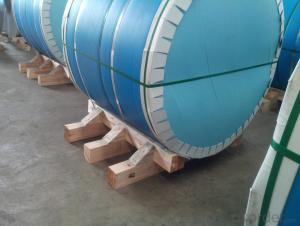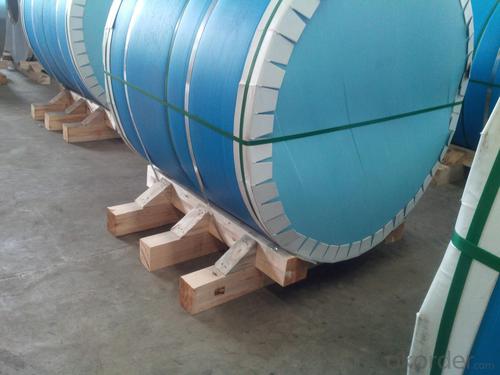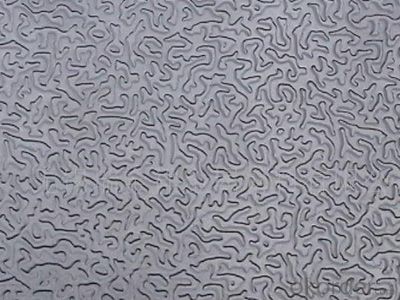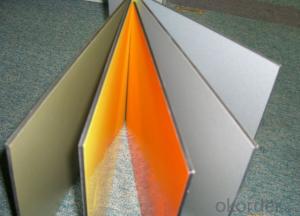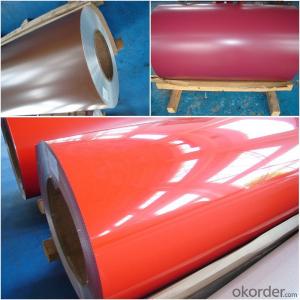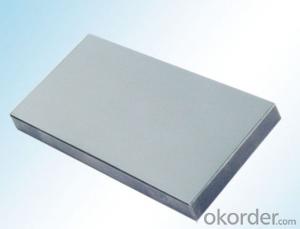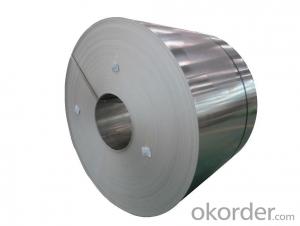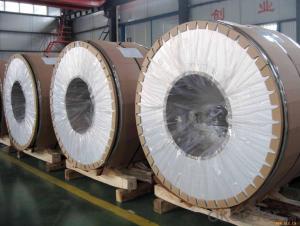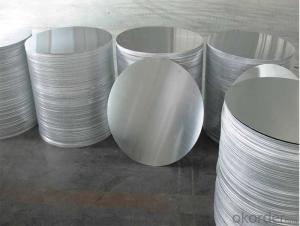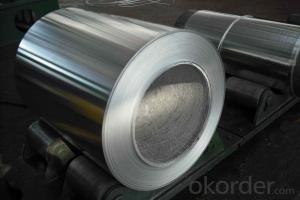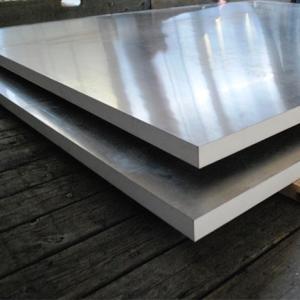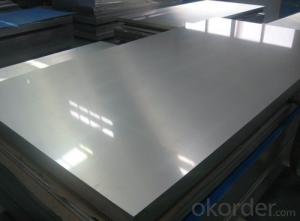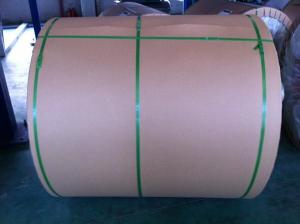Aluminum Sheets Miami - Continuous Casting Aluminium Coils for Re-Casting
- Loading Port:
- Shanghai
- Payment Terms:
- TT OR LC
- Min Order Qty:
- 5 m.t.
- Supply Capability:
- 50000 m.t./month
OKorder Service Pledge
OKorder Financial Service
You Might Also Like
Specification
1.Structure of Continuous Casting Aluminium Coils for Re-Casting
Continuous Casting Aluminium Coils for Re-Casting is one semi-finished aluminium material. This strip can be rolled down to aluminium coil,sheet,circle ect. The alloy AA1050 is widly used in building, industry ect. Its weight is much lower than steel. So many customers choosed aluminium material instead of steel.
2. Main features of Continuous Casting Aluminium Coils for Re-Casting
a.Competitive price---We have our own mills and can produce mill finished aluminium coils, so we can control the production cost better.
b.Professional after-sale service---We have more than 15 years exportation experience and you need not worry about the exporation problems.
c.Fast delivery time---We can control the delivery time within 35 days.
3. Image
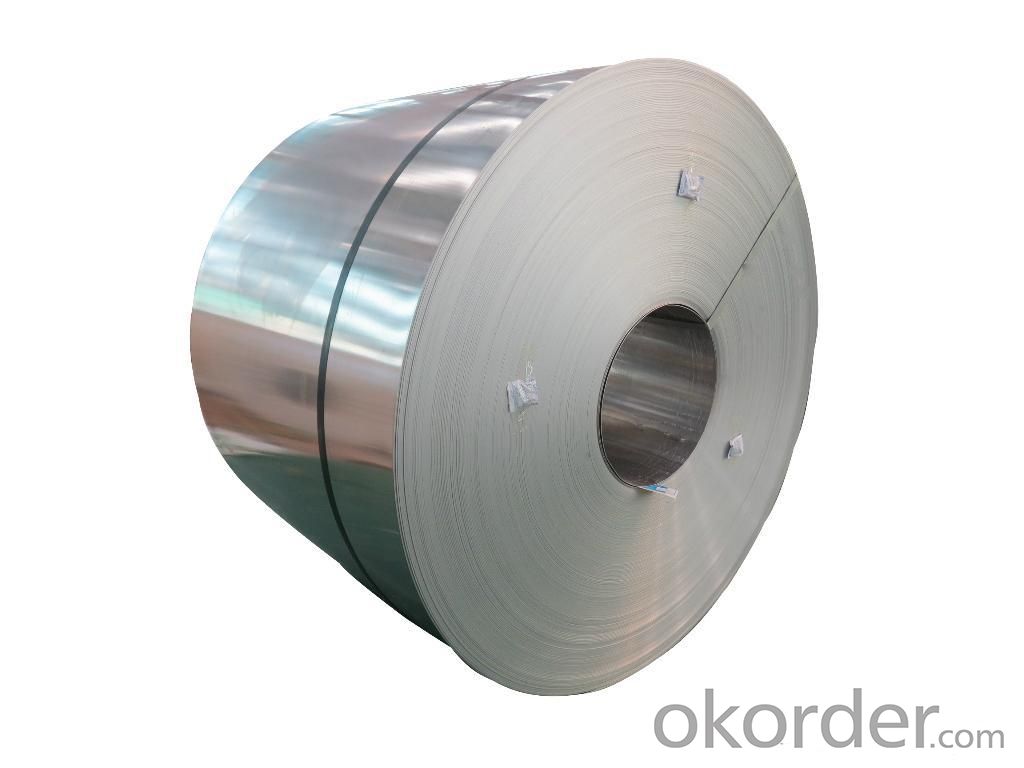
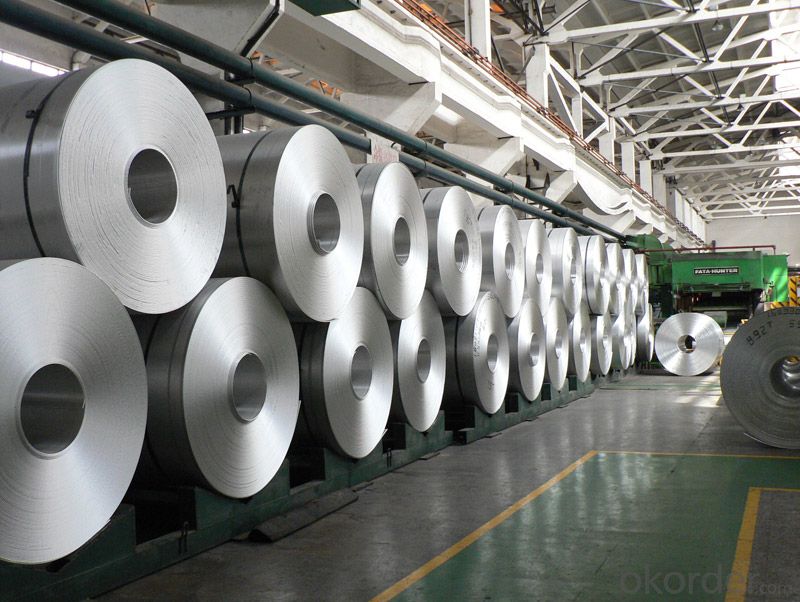
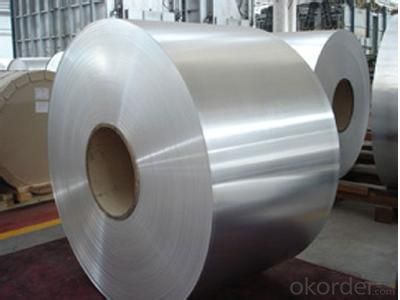
4. Product Specification
| ALLOY | TEMPER | ROLLING | THICKNESS | WIDTH |
| AA1050 | F | CONTINUOUS | 3-8MM | 1000MM-1500MM |
5.FAQ:
What is the quality standard?
---Usually our standard is GB3880-2006
What is the largest width?
---It is 2300mm
What is the MOQ?
---Usually we can accept 80 tons.
- Q: are there any carbonated mineral water that are produced in aluminium cans.
- fee, and make contact with. they are the two carbonated interior the comparable way. that is basically a sensible (no longer in my opinion) advertising ploy. A play on words suggesting that one is larger than the different!
- Q: What types of aluminum sheets are recommended for outdoor applications?
- <p>Yes, there are specific types of aluminum sheets suitable for exterior use. These include aluminum sheets with a protective coating, such as anodized aluminum, which offers enhanced resistance to corrosion and weathering. Additionally, aluminum sheets with a Kynar 500庐 PVDF coating are highly resistant to UV rays, making them ideal for exterior applications. Marine-grade aluminum is also recommended for exterior use due to its superior corrosion resistance, especially in coastal areas. These types of aluminum sheets are designed to withstand harsh outdoor conditions and maintain their integrity over time.</p>
- Q: Are aluminum sheets suitable for cryogenic applications?
- Yes, aluminum sheets are commonly used in cryogenic applications due to their excellent low-temperature properties, including low thermal expansion and good resistance to cryogenic liquids.
- Q: Are aluminum sheets suitable for marine applications?
- Yes, aluminum sheets are suitable for marine applications. Aluminum is lightweight, corrosion-resistant, and has excellent strength-to-weight ratio, making it ideal for various marine applications such as boat hulls, decks, and structural components. Additionally, aluminum's low maintenance requirements and durability in harsh marine environments further contribute to its suitability for such applications.
- Q: This question asks about the various color options available for aluminum sheets.
- <p>Aluminum sheets are available in a wide range of colors to suit various applications and aesthetic preferences. Common colors include silver (anodized), white, black, and clear (natural). Beyond these, there are also options for colors like red, blue, green, and yellow. Some manufacturers offer custom color matching services for specific projects. Additionally, aluminum sheets can be coated with various finishes such as matte, gloss, or textured, further expanding the color and appearance options. It's important to check with specific suppliers for their available color range as it can vary.</p>
- Q: What are the different types of alloys used for aluminum sheets?
- There are various types of alloys used for aluminum sheets, including 1xxx, 3xxx, 5xxx, and 6xxx series. Each alloy has unique properties and characteristics, making them suitable for different applications. The 1xxx series alloys are pure aluminum, while the 3xxx series alloys contain manganese and exhibit good formability. The 5xxx series alloys have magnesium as the primary alloying element and offer excellent corrosion resistance. Lastly, the 6xxx series alloys are known for their combination of strength, formability, and weldability, with magnesium and silicon as their main alloying elements.
- Q: Can aluminum sheets be used for lithographic printing?
- Yes, aluminum sheets can be used for lithographic printing. Lithographic printing, also known as offset printing, is a popular printing technique that involves transferring an image from a plate onto a rubber blanket and then onto the printing surface. Aluminum sheets are commonly used as the base material for lithographic plates due to their excellent durability, lightweight nature, and ability to hold fine details. The aluminum sheets used for lithographic printing are typically coated with a photosensitive emulsion, which allows the image to be transferred onto the printing surface with precision and accuracy. This makes aluminum sheets an ideal choice for lithographic printing, especially for high-quality and large-scale printing projects.
- Q: Would a chemical reaction happen between a piece of copper and a liquid solution containing a compound of aluminum? Why or why not? FIRST BEST ANSWER GETS POINTS!
- No. Copper metal will not reduce aluminum ions to aluminum metal. We can observe that copper is below aluminum in the activity series, which indicates that the Cu + Al3+ reaction is nonspontaneous. The other way round will work, sort-of. Aluminum metal will reduce copper ions. But it takes freshly prepared aluminum metal. Aluminum metal passivates, that is, it reacts with oxygen to form an Al2O3 layer on the surface of the metal. The presence of chloride ion will help provide a clean Al surface.
- Q: Can aluminum sheets be stamped or pressed?
- Yes, aluminum sheets can be stamped or pressed. Aluminum is a highly malleable metal that can be easily shaped and formed through various manufacturing processes. Stamping and pressing are commonly used techniques to create intricate designs, shapes, and patterns on aluminum sheets. These processes involve applying pressure to the sheet using specialized equipment, such as stamping presses or hydraulic presses, to deform the material and create the desired shape. Stamping and pressing are widely used in industries such as automotive, aerospace, construction, and manufacturing, where aluminum sheets are often used for their lightweight, durable, and corrosion-resistant properties.
- Q: does aluminum sheet need to conduct ROHS detection?it's metel material, how much detections should it conduct for ROHS detection?
- generally, all things in Europe needs ROSH EU's requirement, mainly detect the plumbum. ROSH detection is conducted by third party institution, and its report is also provided by the third party.
Send your message to us
Aluminum Sheets Miami - Continuous Casting Aluminium Coils for Re-Casting
- Loading Port:
- Shanghai
- Payment Terms:
- TT OR LC
- Min Order Qty:
- 5 m.t.
- Supply Capability:
- 50000 m.t./month
OKorder Service Pledge
OKorder Financial Service
Similar products
Hot products
Hot Searches
Related keywords
